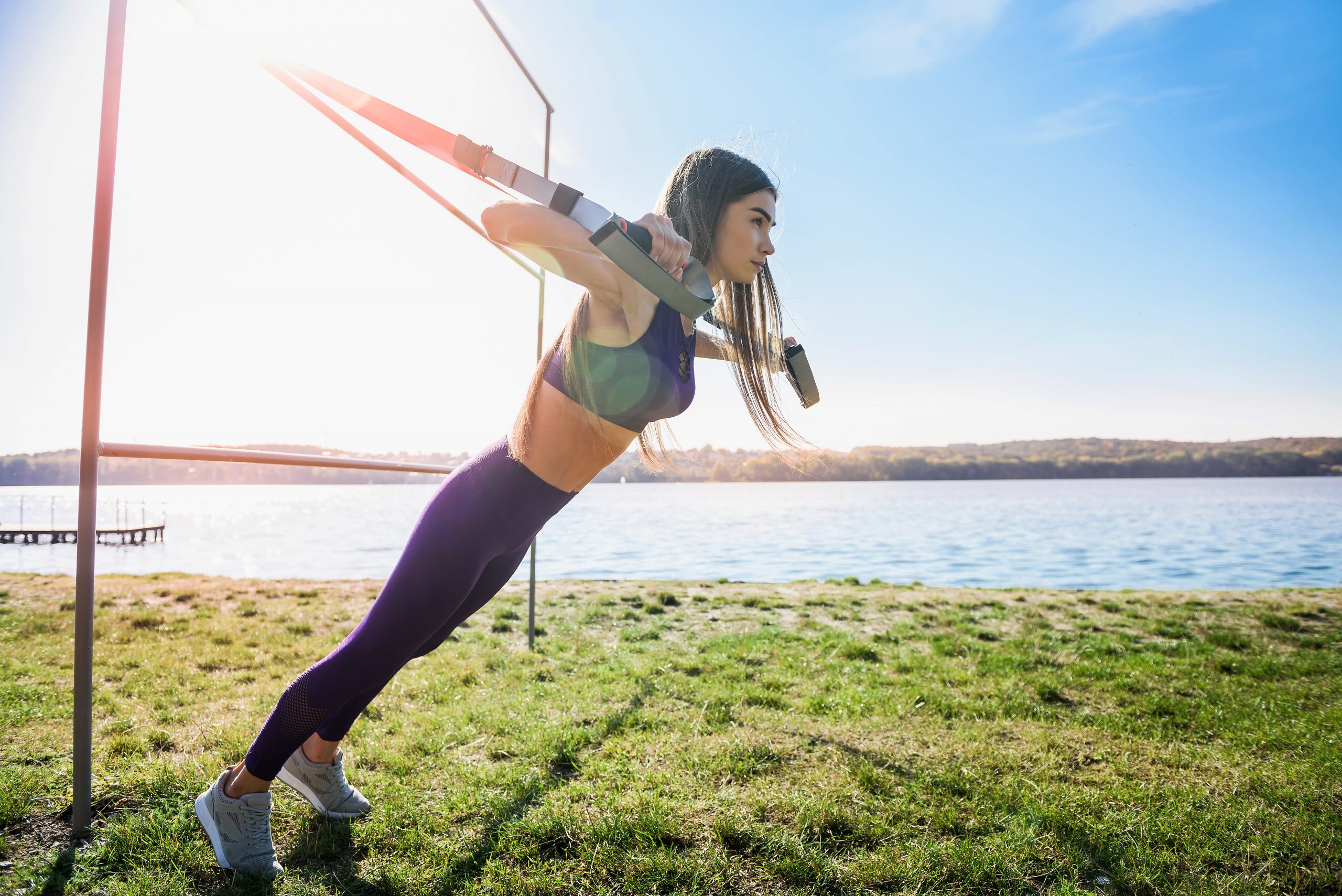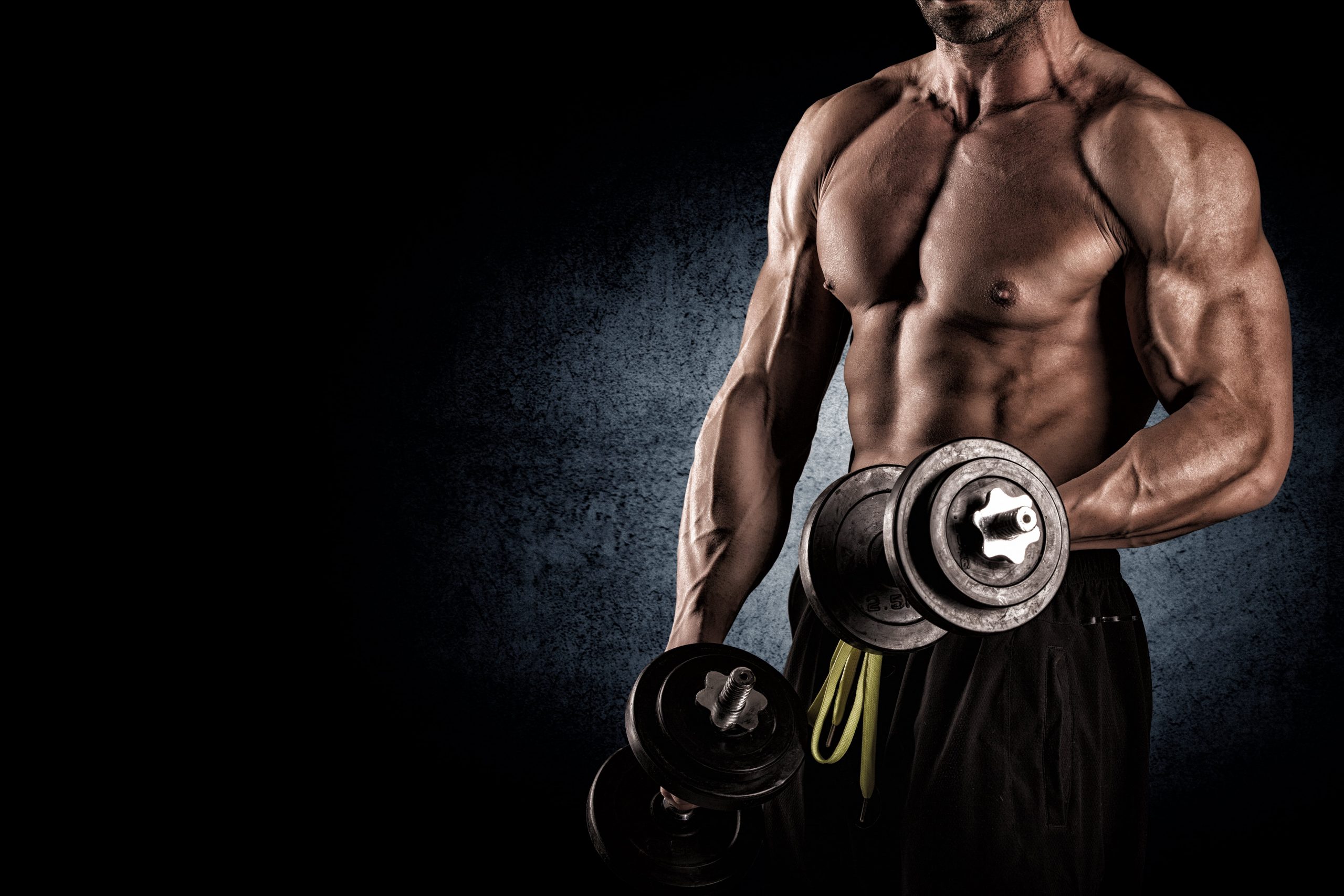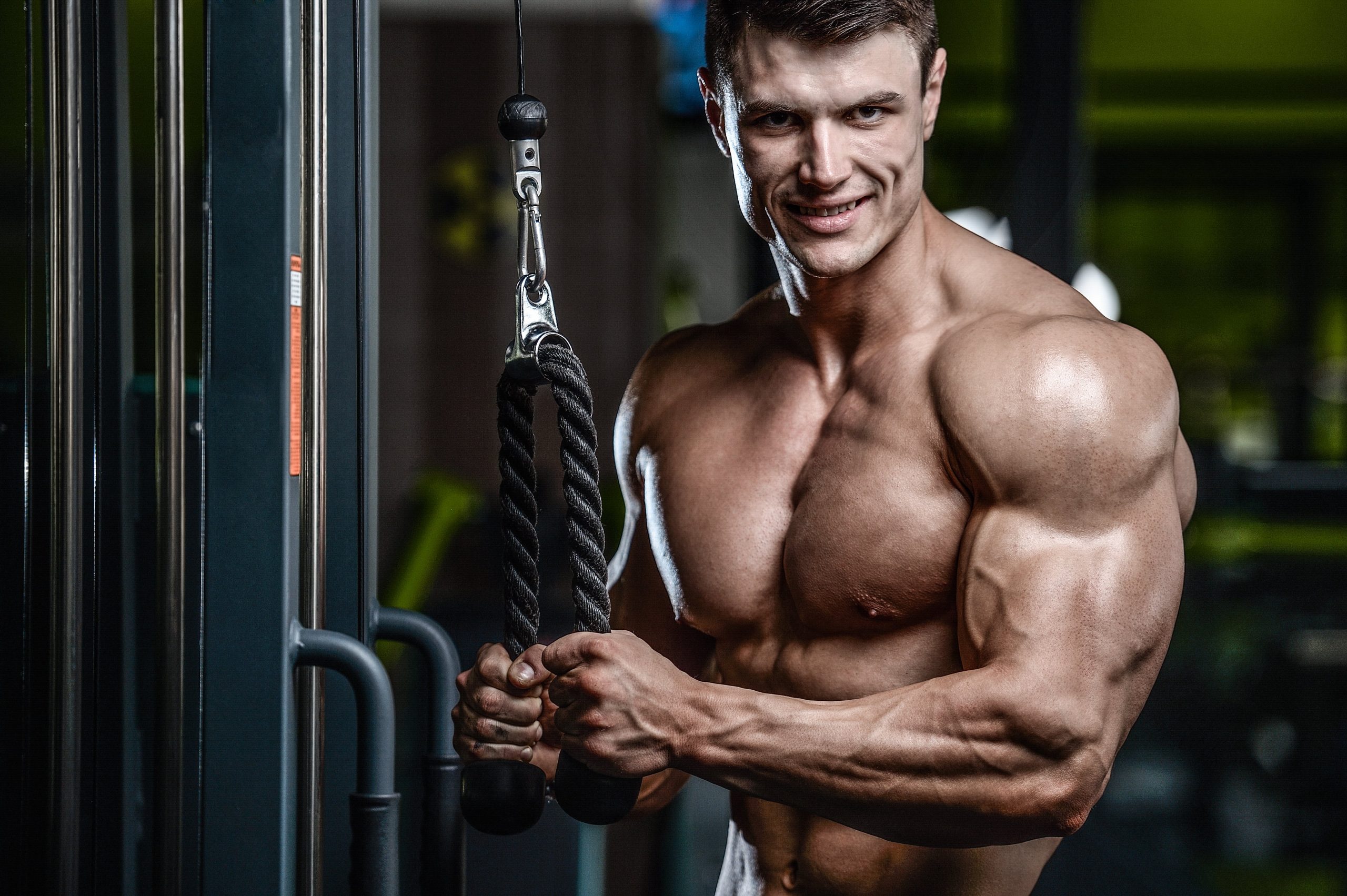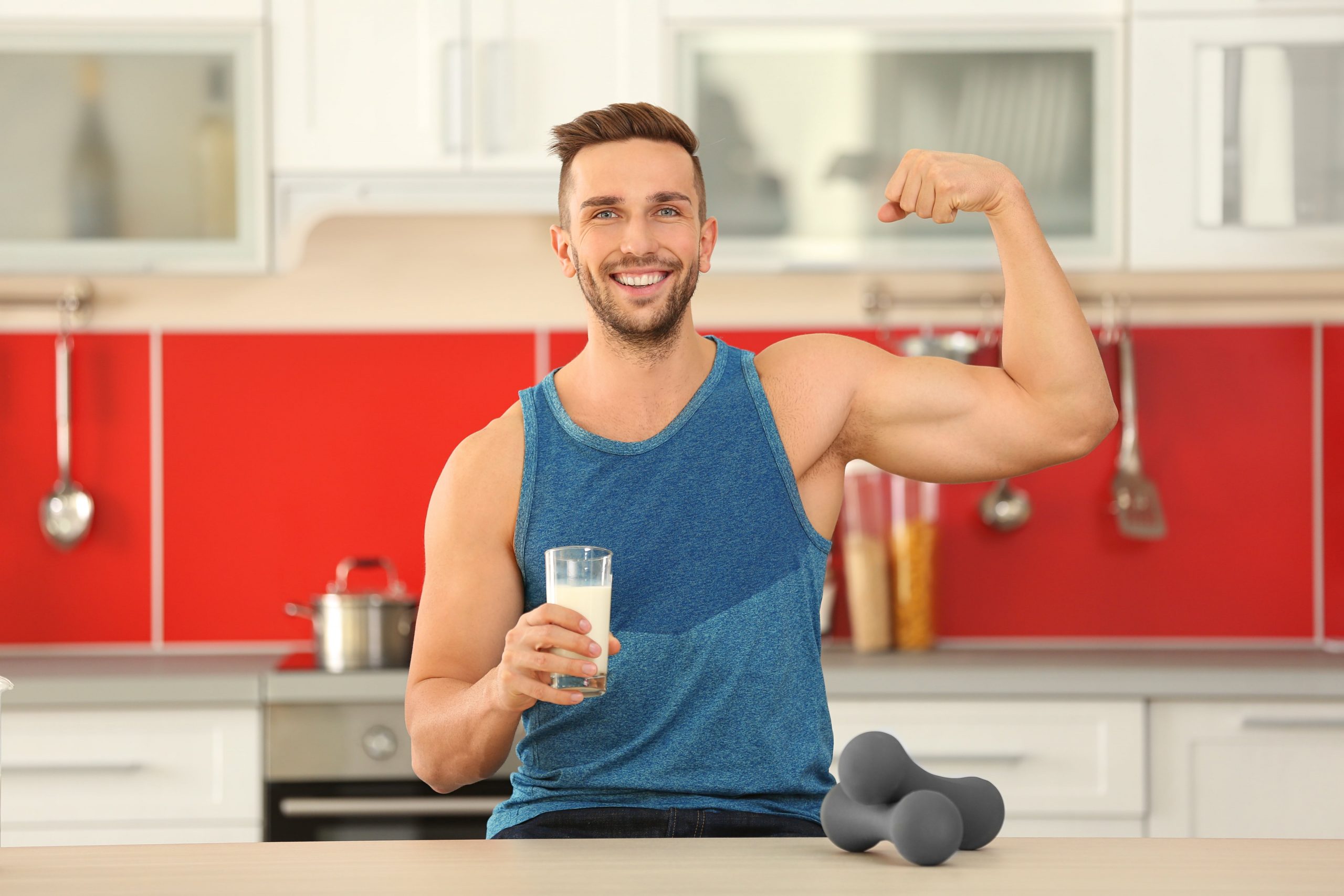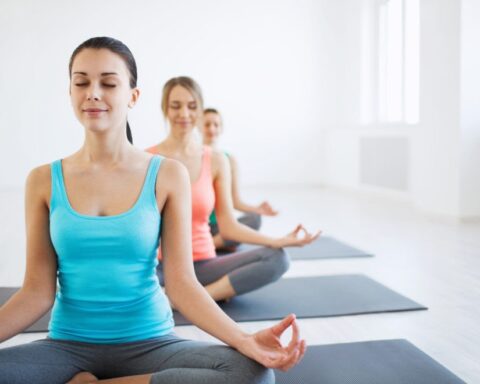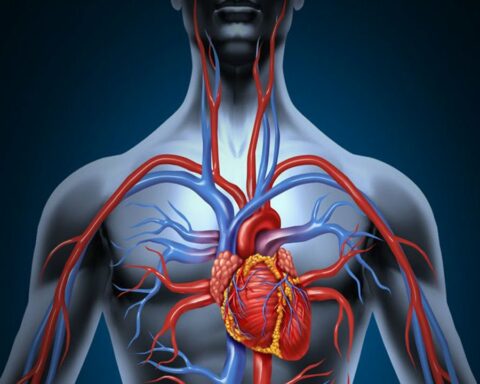Push-pull workout is a popular style of exercising that involves the actions of pushing or pulling. The impact is placed on muscles. This is what many bodybuilders use to build muscles, burn fat, and gain strength.
There are several styles of training, including aerobics, strength training, and resistance training. They all can benefit your health in many ways, including improved insulin sensitivity. Bodybuilders and athletes often use the push-pull workouts to help balance their physique and promote recovery. This style of training can be performed in different ways to target the upper body and quads, while improving the overall health. This article explains the push-pull workout and how you can start on it.
What Is Push-Pull Workout?
Push-pull training is based on some structured workouts that helps your muscles move in a certain pattern. With the push-pull style of training, you focus on training your upper body muscles with the pushing movements for a particular day. This is followed by training the upper body muscles with the pulling movements on another day. The days can be alternated, say Monday and Wednesday or done consecutively. This will all depend on your level of experience. On the day that you choose to do the pushing movements, your target muscles can include chest, shoulders and triceps. Similarly, the pulling movements targets back, biceps, and forearms.
You can then train the lower body and core on the following day after the push and pull movements of the upper body. These days can also be separated with a rest day or done consecutively. The lower body, that is your leg muscles, include muscles on the front leg (quadriceps) and those on the back leg (hamstrings). These are typically located on the thighs, calves, and glutes. The push-pull training style ensures that you train all the groups of major muscles two times a week, if at all you train for consecutive 6 days in a week and have a day off for a single day. This style of training is most valued by builders, wrestlers, and footballers. Since this style of training is suitable for anyone seeking to gain muscle and strength, even beginners can go for it. Your level of experience will determine how frequent you train in a week as discussed below.
Push-Pull Exercises
This section presents a sample of push-pull routine for one week, and separated with rest day. Sets means the number of rounds you will go for a particular movement, while repetitions (reps) refer to the number of times you do the movement in one round. For each exercise, you should perform three to four sets of eight to twelve reps. Between sets you need to rest for two to three minutes.
Day 1: Push Movements
Incline Dumbbell Chest Fly:
Hold dumbbells in both hands above your chest facing your palms inwards and extend your arms in a slightly bent position, then lower dumbbells outwards to the sides of each shoulder. With a hugging motion, return the dumbbells to the starting position above the upper chest while keeping your elbows slightly bent.
Dumbbell Incline Chest Press:
Hold dumbbells in both hands with palms facing front. Position them above your upper chest while pressing to a full arm extension, then lower your elbows slowly to the starting position.
Seated Dumbbell Shoulder Press:
While holding the dumbbells on each side of your shoulders and elbows lower than the wrist, push them upwards to a full arm extension above your head. Pause for one second at the top and then lower your elbows slowly back to the starting position.
Dumbbell Lateral Shoulder Raises:
With dumbbells positioned to each side of your body, keep your elbows slightly bent and raise both your arms until the shoulders are in the same height as the shoulders, then slowly lower your elbows to the starting position.
Bodyweight Triceps Dips:
Hold parallel bars together, straighten your arms and hips while bending your knees. Lower or dip your body by bending your arms to activate your chest, then slowly push yourself back to the starting position.
Day 3: Pull
Bent-Over Barbell Row:
Hold the barbel at a shoulder-width with an overhand grip. Slightly bend your knees and keep your feet twelve inches apart. Slowly push your hips back and arch your spine but keeping the barbell close to your legs. While maintaining this position, bend your elbows by pulling them back alongside your body and slowly lower the barbell to the starting position.
Cable Pulldown:
Sit and support your thighs on the support pads and hold the cable bar a little wider than the shoulder width and pull it to your upper chest, while maintaining a curved spine. Straighten your arms and return to the starting position.
Barbell Biceps Curls:
With an underhand grip, hold the barbell at a shoulder width. While keeping your elbows at the sides, steadily raise the bar until your forearms are in a vertical position. Pause for a second at the top and slowly lower the barbell to the starting position.
Day 5: Legs and Core
Barbell Back Squat:
With plates on the bar, position the barbell just behind your neck and grasp it for stability. Squat down to achieve fully bent knees and hips. By squeezing your glutes and pressing via the heels, return to the starting position.
Leg Extensions:
Sit on the leg extension machine and position your legs properly on the machine. Extend your legs to a straight leg then slowly return to the starting position by bending your knees.
Hamstrings Leg Curls:
Sit on the leg curl machine and position your legs properly. Flex your knees to bring the lower leg to the back of the thighs. Slowly return to the starting position by straightening your legs.
Conclusion
Push-pull workouts is a style of training that targets both the lower and upper body muscles. These muscles are to be trained on different days with pull movements on a particular day and push movements on another, with resting day on a chosen day. Upper body muscles trained by both push and pull movements include chest, biceps, and back among others. Quadriceps and hamstrings make up the lower body muscles. Depending on your experience, you improve your frequency up to six times a week.
- WHY CAN DRINKING ALCOHOL TRIGGER ANXIETY? - January 7, 2023
- WHAT IS ORGASMIC MEDITATION? BENEFITS + HOW TO - January 7, 2023
- THE BEST WAYS TO PREVENT WEIGHT GAIN THIS WINTER - January 6, 2023

